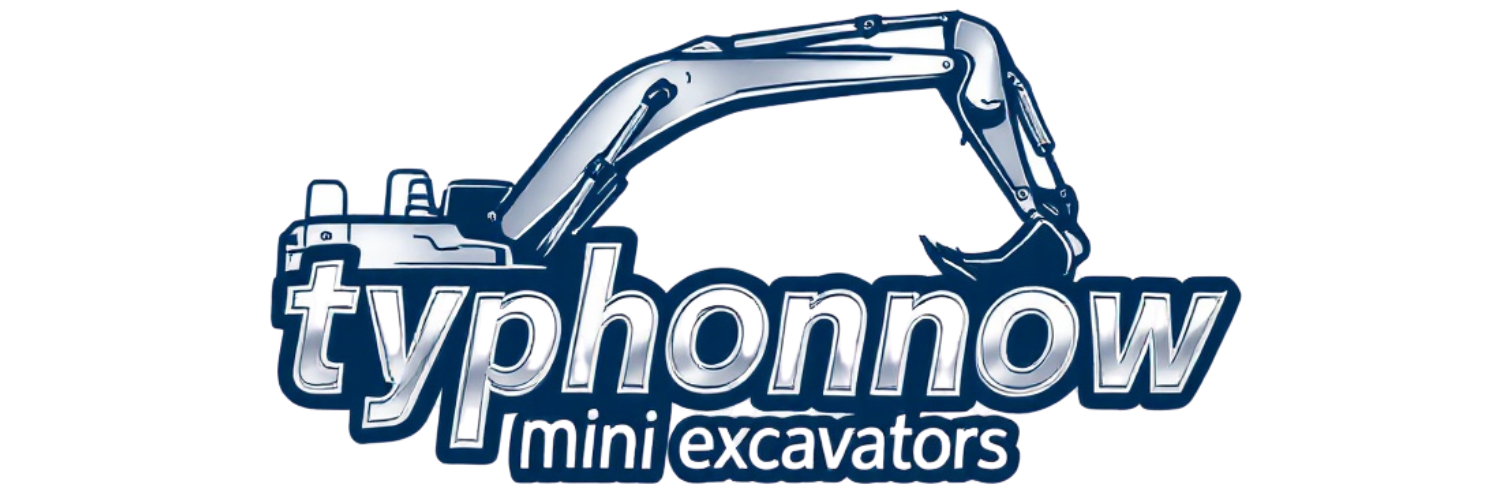How to Operate Skid Steer Loader
Often seen in agriculture, landscaping, and building, skid steer loaders also known as skid steers are robust and adaptable gear. Their tiny and agile character makes working in limited spaces most appropriate. Popular for various purposes, skid steer loaders are also well-known for its basic changeover between several attachments. Together with maintenance, controls, and safety issues, this article will address the basics of running a skid steer loader.
Operating a Skid Steer Loader
After we have discussed safety precautions and controls, let us now go over running a skid steer loader.
- Start the Engine: Before starting the engine, be sure you are seated in the operator’s seat and buckle your seatbelt. Once seated, turn on the ignition and wait for all warning lights to turn off before forward movement.
- Release Parking Brake: Pulling down the left side of the operator’s parking brake lever releases the brake.
- Become Familiar with Controls: Before moving on to ensure your knowledge of their functionality, become familiar with all hand and foot controls.
- Move Forward or Backward: Advance by simultaneously pressing both pedals. Move rearward by simultaneously pressing both pedals and dragging back on the joystick.
- Turn Left or Right: Turn left by pressing and holding down the left pedal then releasing pressure on the right pedal. Turn right by pressing and holding down the right pedal then releasing pressure on the left pedal.
- Raise or Lower the Boom: Advance the joystick forward to raise the boom. Revers the joystick to lower the boom.
- Tilt the Bucket: Lean the bucket by moving the joystick side to side.
- Use Attachments: If you are using attachments, make sure they are securely fastened and get accustomed running their controls.
- Stop the Machine: To stop the machine, press both pedals; then, move the joystick to its neutral point.
Controls
Two forms of controls—hand controls and foot controls—define skid steer loaders. Hand controls run the loader’s boom and bucket; foot controls govern the machine’s mobility. Before running a skid steer loader, learn these controls.
Hand Controls:
- Joystick: The joystick drives control of the boom and bucket motions. Moving the joystick side to side controls the bucket’s tilt; pushing it forward boosts the boom; dragging it back lowers the boom.
- Auxiliary Control: Attachments run under this control a bucket, auger, or grapple. Usually situated on the operator’s right side of the seat, it
- Throttle: The throttle helps one to manage engine speed. Pulling it back slows down things; pushing it forward accelerates them.
Foot Controls:
- Pedals: Two pedals—one for each foot—define skid steer loaders. The left pedal controls the left track; the right pedal controls the right track. Pressing one pedal at a time turns the machine; pressing both pedals at once moves it ahead.
- Parking Brake: Found on the left side of the operator’s seat, the parking brake keeps the rails in place during machine non-use.
Maintenance
Regular maintenance helps one to keep a skid steer loader in great running condition and prevent failures. These maintenance tips should help you:
- Check Fluid Levels: For engine oil, coolant, and hydraulic fluid, routinely monitor and maintain suitable fluid levels.
- Inspect Tires: Check tires for wear and damage; if needed, replace them.
- Clean Air Filters: To keep dust and trash out of the engine, routinely clean or replace air filters.
- Grease Moving Parts: To cut wear and tear, lubricate bearings, joints, and pivot points.
- Check Electrical System:Examine every wire and connection for wear or damage.
- Keep it Clean: Clean the skid steer loader often to avoid accumulation of dirt and trash damaging it.
Safety Precautions
Following safety rules helps one prevent errors and injuries even before operating a skid steer loader. First is reading the guidebook the manufacturer sent for the operator. This guidebook contains essential information on the machine’s capabilities, limitations, and safety guidelines.
Next pre-operatively the skid steer loader has to be inspected. This entails searching for any tire damage or wear, hydraulic system leaks, and ensuring that all safety devices—including lights and seat belts—are in running condition. Important also is checking the fluid levels to make sure they fall within the recommended range.
Running a skid steer loader calls for appropriate personal protective equipment (PPE), still another critically crucial safety precaution. This covers hardhat, safety glasses, earplugs or earmuffs, and steel-toed boots. Among the possible hazards PPE guards against include flying debris, loud noise, and falling objects.
Conclusion
Using a skid steer loader requires both suitable training and control and safety expertise. Effective and safe machine operation depends on following all safety guidelines and doing routine maintenance. These tips will enable you to perform your assignments effectively and use a skid steer loader with confidence. Refer always to the operator’s handbook provided by the manufacturer for specific operating instructions on your skid steer loader type.
